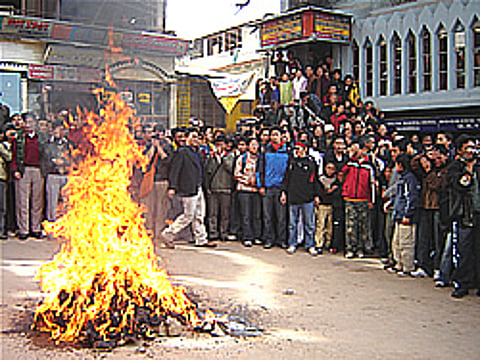The future of Tibetan discontent
Prominent Tibet supporter and Tibetologist Robert Thurman once compared the Tibetan cause to that of baby seals. This appears to be quite an accurate comparison. Indeed, the plight of the Tibetans, like that of the Arctic mammal, belongs to those rare causes with seemingly universal appeal and the power to forge broad and unlikely coalitions across political orientations, cultures and ages. But the comparison goes further. Strong emotionality and, inevitably, the annoyance of the self-proclaimed 'serious realists' are as inseparable from both causes as Tibet is from the Chinese motherland – at least according to the prevailing Chinese mantra. And, last but not least, both issues are far more complex than they first appear to be.
Acknowledging the complexity of an issue is a difficult endeavour when clear-cut ideologies prevail and political mythologies often replace hard facts. The position of the Beijing authorities on the Tibet issue is clear: There is no issue. Tibet always was, firmly is, and ever will be an inseparable part of the Chinese Motherland. The Tibet issue is a conspiracy orchestrated by those who opposed Tibet's 'liberation' from imperialist foreigners (of which there were two individuals in Tibet at the time in 1951, one British and one American) and, not unrelated but more importantly, the 'international anti-China forces'. 'China's Tibet' is striving, and Tibetans, most of whom are 'liberated serfs', are thankful to the central government because they enjoy the 'best time in their history', just as 'China's other 55 nationalities' do.

